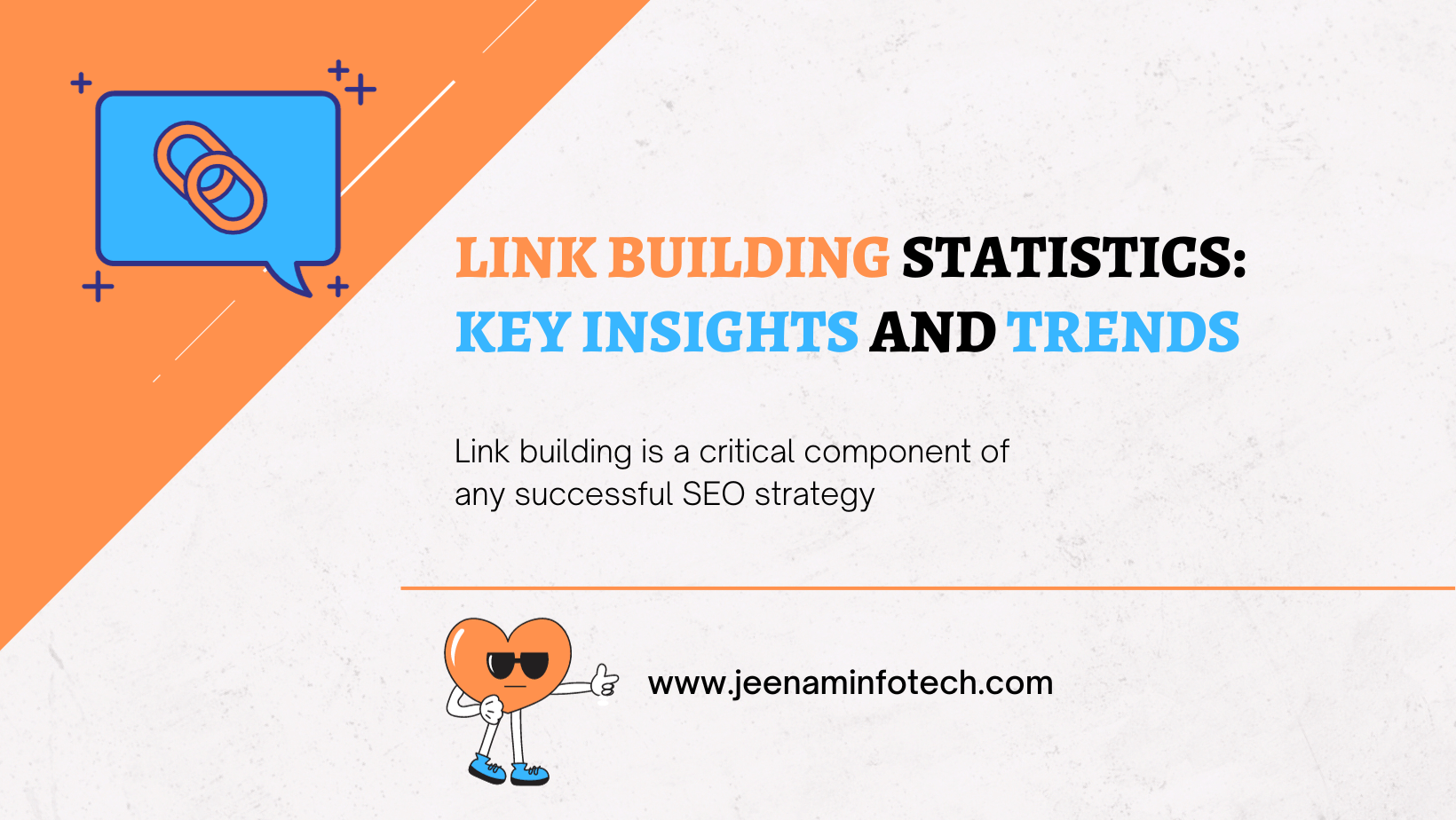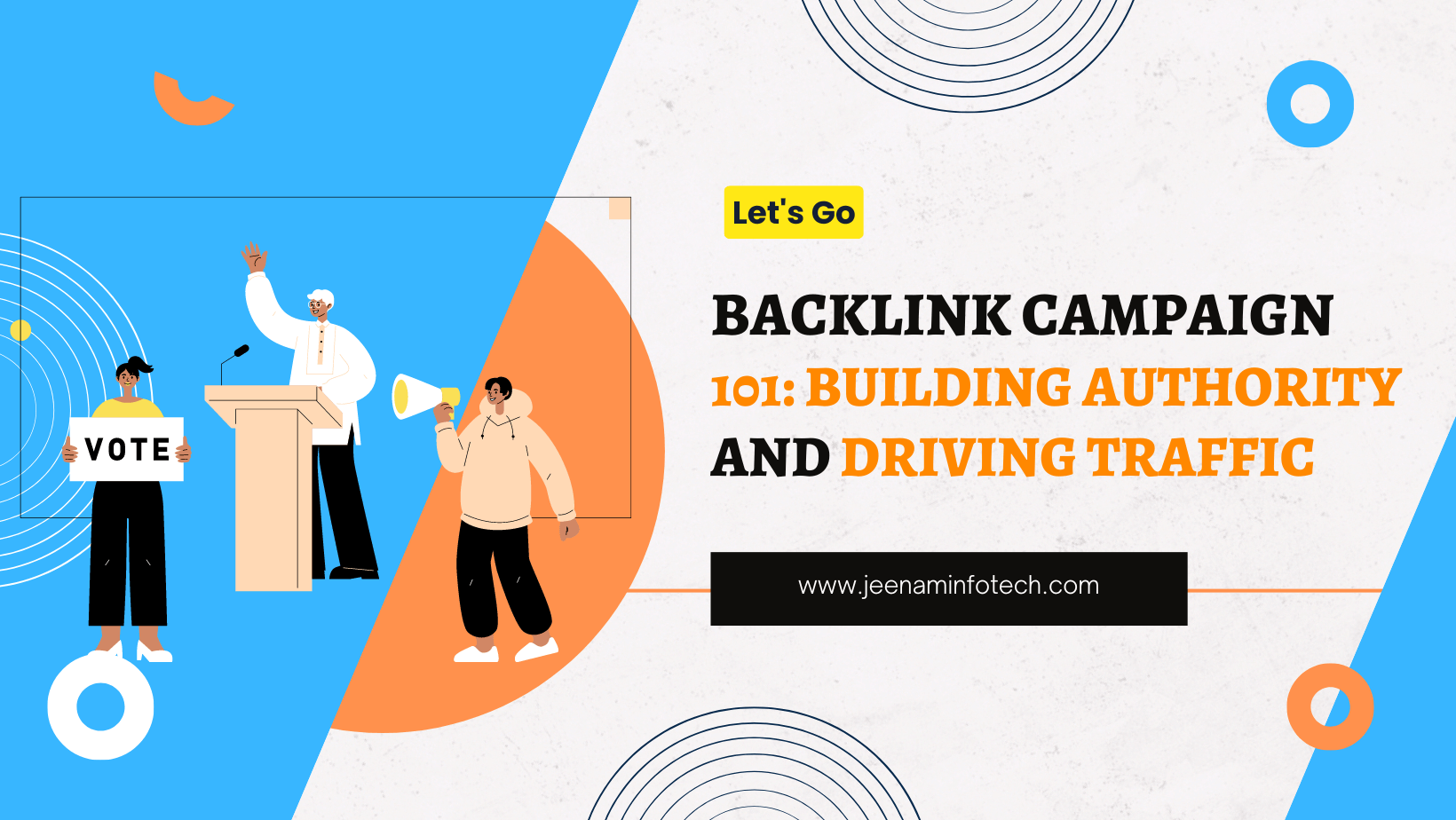Link building is a critical component of any successful SEO strategy. It involves acquiring high-quality backlinks from authoritative websites to improve a site’s search engine rankings. As search engine algorithms continue to evolve, understanding the latest link building statistics and trends is essential for staying ahead of the competition. In this article, we will explore the most recent data and insights surrounding link building, providing you with valuable information to enhance your digital marketing efforts.
The Importance of Link Building
Link building remains a vital aspect of SEO, as search engines consider backlinks as a signal of trust and authority. According to recent studies, backlinks are one of the top-ranking factors for search engines like Google. Here are some key statistics that highlight the significance of link building:
- Backlinks are a top-ranking factor: Research shows that backlinks are among the top three ranking factors used by Google to determine search engine results. High-quality backlinks from reputable websites can significantly impact a site’s visibility and organic traffic.
- The impact of backlinks on organic rankings: Websites with a higher number of backlinks tend to rank better on search engine results pages (SERPs). A study found that websites with more than 100 backlinks generate significantly more organic traffic compared to those with fewer backlinks.
- Link building and domain authority: Building high-quality backlinks is closely associated with improving a website’s domain authority. Websites with higher domain authority are more likely to rank well in search engine results and attract organic traffic.
- The correlation between backlinks and organic traffic: Data suggests that websites with a larger number of backlinks tend to receive more organic traffic. This correlation highlights the importance of building a diverse and robust backlink profile.
Read More:- 5 Tactics for Affordable White Hat Link Building In 2023
Current Link Building Trends
To create an effective link building strategy, you need to stay up-to-date with the latest trends and techniques. Here are some key trends that are shaping the link building landscape in 2023:
Trend 1: Quality over Quantity
In recent years, search engines have become increasingly sophisticated in identifying spammy and low-quality backlinks. As a result, the focus has shifted from acquiring a large number of backlinks to obtaining high-quality, authoritative links. Here are some statistics that support this trend:
- Link quality matters: Studies reveal that backlinks from high-authority domains have a more significant impact on search rankings compared to links from low-quality sites.
- Link relevancy: Search engines are placing more emphasis on link relevancy. Backlinks from websites that are topically relevant to your industry or niche are more valuable in terms of SEO.
- Natural link acquisition: Search engines favor naturally acquired links over those obtained through manipulative tactics. Building relationships with industry influencers and creating exceptional content can attract organic backlinks.
Trend 2: Diversification of Link Types
While traditional backlinks still play a crucial role in SEO, diversifying your link profile with different types of links can provide additional benefits. Here are some emerging link types to consider:
- Guest posting: Contributing high-quality articles to reputable websites within your industry can help you earn backlinks and establish thought leadership.
- Social media links: Social media platforms can serve as a valuable source of referral traffic. Sharing your content on social media can lead to increased visibility and potential backlinks from engaged users.
- Resource links: Creating informative and valuable resources, such as guides or infographics, can attract links from other websites seeking to provide their audience with valuable content.
- Influencer collaborations: Collaborating with influencers can help you expand your reach and attract backlinks from their followers. Influencers’ endorsement of your brand or content can generate valuable organic links.
Read More:- Understanding Link Insertions and Their Importance in SEO
Trend 3: The Rise of E-A-T
E-A-T, which stands for Expertise, Authoritativeness, and Trustworthiness, has become a crucial concept in SEO and link building. Search engines prioritize websites that demonstrate expertise, authority, and trustworthiness. Here are some statistics that highlight the significance of E-A-T:
- Expertise: Websites with well-researched and authoritative content tend to attract more backlinks. Demonstrating expertise in your industry can help you earn links from reputable sources.
- Authoritativeness: Backlinks from high-authority websites significantly contribute to your website’s authority. Focus on building relationships with influential industry publications and thought leaders.
- Trustworthiness: Establishing trust with your audience is crucial for attracting organic backlinks. Incorporating trust signals such as customer reviews, testimonials, and secure payment options can enhance your website’s credibility.
Measuring the Success of Link Building
To gauge the effectiveness of your link building efforts, it’s essential to track relevant key performance indicators (KPIs). Here are some metrics to consider when measuring the success of your link building campaigns:
- Organic Search Traffic
Monitoring the organic search traffic to your website is a fundamental KPI for assessing the impact of link building. By analyzing the growth in organic search traffic over time, you can determine the effectiveness of your link building campaigns.
- Referral Traffic
Referral traffic refers to the visitors who land on your website through external links from other websites. Tracking referral traffic can help you identify which link building strategies are driving the most qualified traffic to your site.
- Traffic to Target Pages
Tracking the traffic and engagement metrics of your target pages can provide insights into the effectiveness of your link building efforts. By measuring the increase in traffic, time on page, and conversion rates for these pages, you can assess the impact of your backlinks.
- Relevance of Backlinks
The relevance of the backlinks you acquire is a qualitative KPI that should not be overlooked. Backlinks from websites that are topically relevant to your industry or niche carry more weight in search engine algorithms.
- Domain Authority and Trust Flow
Domain Authority (DA) and Trust Flow are metrics that indicate the authority and trustworthiness of a website. Monitoring the DA and Trust Flow of the websites linking to yours can help you assess the quality of your backlink profile.
Conclusion
As SEO continues to evolve, understanding the latest link building statistics and trends is crucial for achieving success in organic search rankings. By prioritizing high-quality backlinks, diversifying your link profile, and focusing on E-A-T, you can enhance your website’s authority, visibility, and organic traffic. Remember to track relevant KPIs to measure the effectiveness of your link building efforts and adapt your strategy accordingly. Stay informed, stay proactive, and continue to refine your link building techniques to stay ahead in the ever-changing world of SEO.






